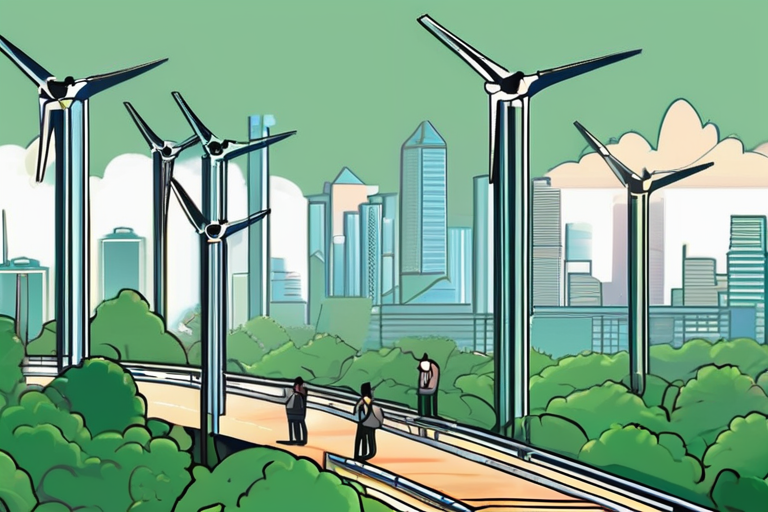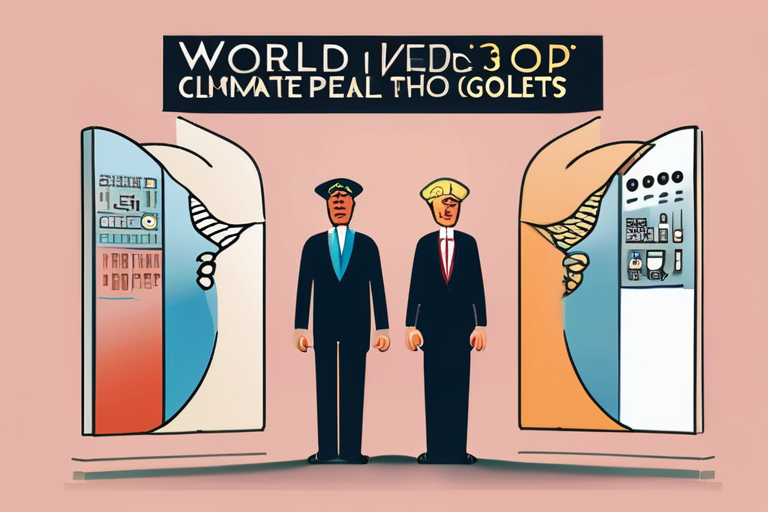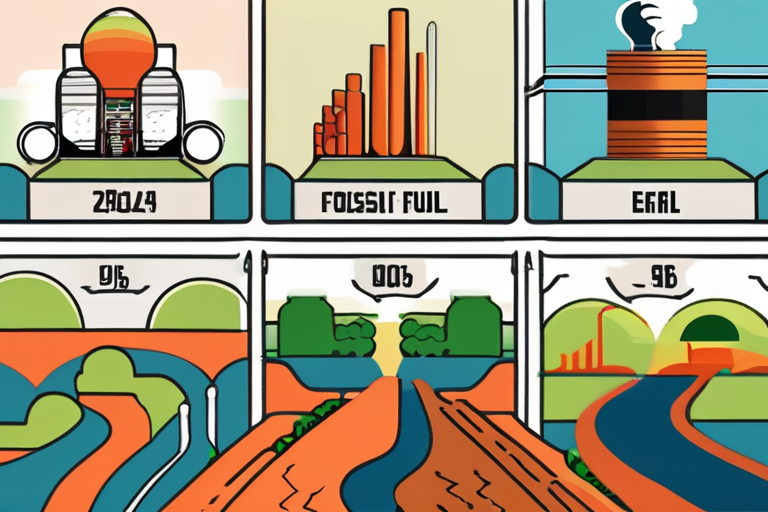Southeast Asia's Green Transition Faces Funding Gap, Experts Warn
A significant funding gap has emerged in Southeast Asia's green transition, with the region requiring approximately $200 billion annually to support its renewable energy infrastructure and low-carbon economy. According to Mian Ying Chen, head of industrials at UOB's sector solutions group, this funding gap is particularly pronounced in emerging markets, where access to global capital is limited.
As of now, only $50 to $60 billion in investments are being made each year, leaving a substantial shortfall of $140 to $150 billion. Chen emphasized the importance of addressing this funding gap, stating that green investments cannot exclusively focus on the largest companies. Instead, it is crucial to pay attention to small- and medium-sized players, which play a vital role in global supply chains and are abundant in emerging regions like Southeast Asia.
The Association of Southeast Asian Nations (ASEAN) has taken steps to address this issue by opening a center to facilitate the green transition in micro-, small-, and medium-sized enterprises (MSMEs). However, the ASEAN green transition is predominantly funded by debt, highlighting the need for alternative financing solutions.
Southeast Asia's green transition is a critical component of the region's economic development, with the potential to create new job opportunities, stimulate economic growth, and reduce the region's carbon footprint. However, the funding gap poses a significant challenge to achieving these goals. Experts warn that if left unaddressed, the funding gap could hinder the region's progress in transitioning to a low-carbon economy.
The region's small- and medium-sized enterprises (SMEs) are a crucial part of the green transition, as they are often more agile and innovative than larger companies. However, they also face significant barriers to accessing capital, including limited access to financing and a lack of credit history. Addressing these challenges will be essential to unlocking the full potential of SMEs in the region's green transition.
In the coming years, it is likely that the funding gap will continue to be a major challenge for Southeast Asia's green transition. However, experts are optimistic that innovative financing solutions and partnerships between governments, private sector companies, and international organizations can help bridge the gap. By prioritizing the needs of small- and medium-sized players, the region can create a more inclusive and sustainable green transition that benefits all stakeholders.



























Share & Engage Share
Share this article